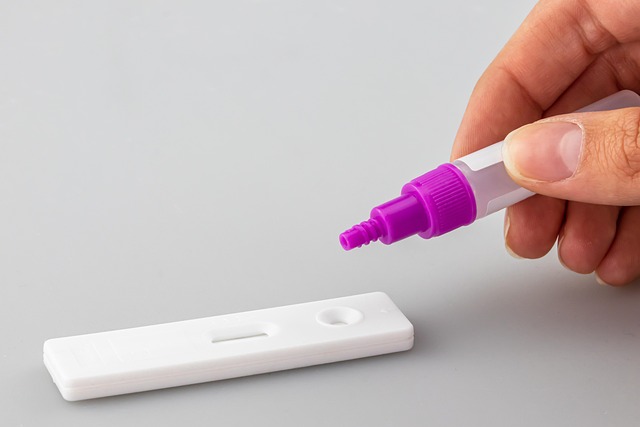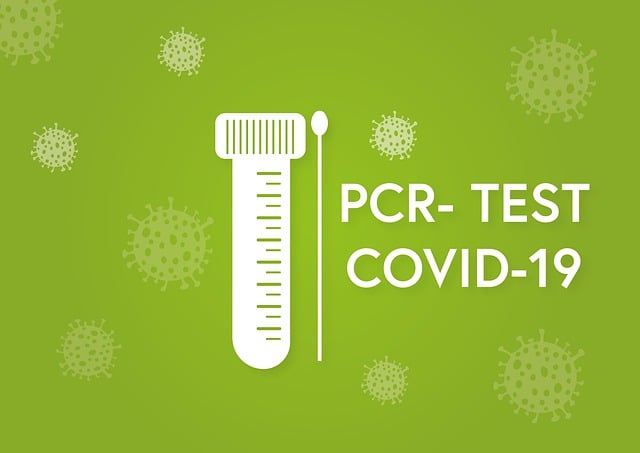Older homes in San Antonio built before 1978 may contain lead-based paint, posing a serious health risk to children. Regular professional lead paint inspections are crucial to identify and mitigate these hazards. Trained experts use advanced methods, including visual assessments, moisture meters, XRF analyzers, sampling, and lab analysis, to determine the presence and extent of lead paint. Remediation actions like repair, encapsulation, or removal are taken if levels exceed safe thresholds, especially in high-risk areas like kitchens and play zones, to ensure a safe living environment for children and prevent long-term health issues.
In San Antonio, many homes were constructed with lead-based paint, especially those built before 1978. Understanding the risks associated with lead paint is crucial for preventing exposure, particularly in children, who are most vulnerable to its harmful effects. This article explores comprehensive strategies to address this concern, focusing on the process of professional lead paint inspection and effective prevention techniques for residential settings in San Antonio’s older homes.
- Understanding Lead Paint Risks in Older Homes
- The Process of Lead Paint Inspection in San Antonio
- Prevention Strategies for Lead Exposure in Residential Settings
Understanding Lead Paint Risks in Older Homes

Many older homes in San Antonio, built before 1978, may contain lead-based paint, posing a significant health risk to children who live or frequently visit these properties. Lead paint inspection is crucial for ensuring the safety of young ones, as exposure to lead can cause severe developmental issues and cognitive impairments. This is particularly concerning in areas like San Antonio, where older housing stock is prevalent.
A professional lead paint inspection is essential to identify potential hazards. Trained experts use advanced techniques and tools during these assessments to determine if lead-based paint is present and, if so, the extent of its use. By understanding the risks associated with lead paint in older homes, residents can take proactive measures to minimize exposure, especially for children who are most vulnerable to its harmful effects.
The Process of Lead Paint Inspection in San Antonio

In San Antonio, lead paint inspection for older homes is a critical step in ensuring the safety and health of residents, especially children. The process typically begins with a thorough visual assessment to identify any signs of peeling, chipping, or blistered paint, which are common indicators of lead-based paint. Trained professionals then use various tools and techniques, such as moisture meters and X-ray fluorescence (XRF) analyzers, to determine the presence and extent of lead in the painted surfaces.
During a lead paint inspection, samples from suspicious areas are collected and sent to accredited laboratories for analysis. Once the results are back, if lead is detected at levels above the established safety thresholds, remediation actions are recommended. These may include encapsulating or replacing the lead-contaminated paint, which requires adherence to strict protocols to minimize further exposure during the remediation process. Regular inspections are particularly important in San Antonio due to the city’s higher prevalence of older homes with potential lead-based paint hazards.
Prevention Strategies for Lead Exposure in Residential Settings

In residential settings, particularly in older homes, one of the primary prevention strategies for lead exposure involves conducting thorough lead paint inspections. San Antonio residents should prioritize regular assessments to identify and address any traces of lead-based paint, which was commonly used in past decades. These inspections are crucial in mitigating risks associated with lead poisoning, especially among children who are more susceptible to its harmful effects.
Professional inspectors equipped with the latest tools can accurately detect lead content in painted surfaces. By identifying high-risk areas such as kitchens, bathrooms, and play zones, homeowners can take proactive measures. This may include repairing or replacing damaged paint, encapsulating lead-based paint with protective coatings, or, in severe cases, removing and replacing contaminated walls to ensure a safe living environment for children and prevent potential long-term health issues.
In light of the above discussions, it’s clear that addressing lead paint risks in older homes is paramount for child exposure prevention. Regular lead paint inspections, especially in vibrant, bustling San Antonio neighborhoods, are essential steps towards mitigating these hazards. By implementing effective prevention strategies, such as proper cleaning techniques and regular home maintenance, residents can significantly reduce lead exposure risks in residential settings. Remember that proactive measures, guided by expert insights from local professionals, are key to ensuring a safer environment for our children.
